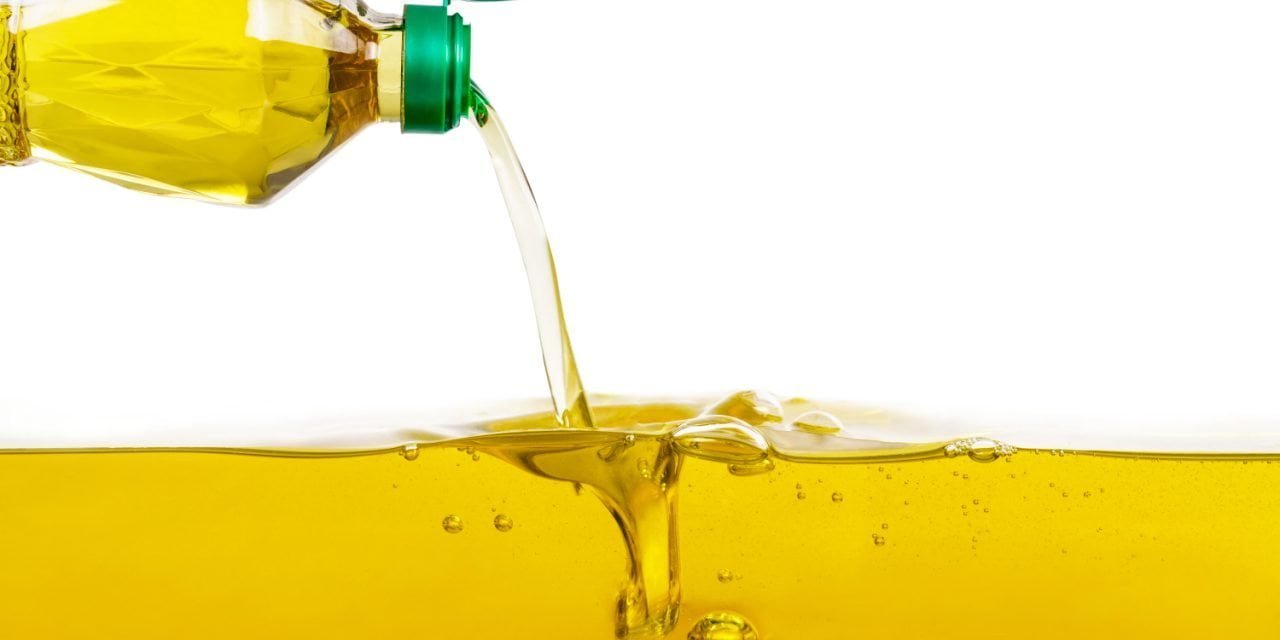Nutrition and nutritional value is an important factor before consumers make their purchase. Fortification of edible oil is a positive, most transparent, and hassle-free solution to complete the basic nutritional needs of the body, opines Piyush Patnaik.
Table of Contents
Today’s consumers are moving towards a healthier lifestyle, hence, are always open to trying new products that complete their basic health needs. Nearly half (48%) of Indian consumers surveyed by market intelligence firm Mintel are aiming for a healthier lifestyle in the coming years. Healthy living topped the list of consumers’ goals and aspirations for the next three years, ranking above better time management (30%), improving relationships with family and friends (25%), and travelling (24%). Aspirations are fast converging across urban and rural India, and better access is transforming this intent into actual spend. With the changing socio, cultural, economic and technological landscape, the way consumers consume food, especially cooking oil has also changed.
Transforming Edible Oil Consumption
One key trend about the consumption pattern of cooking oil is the fact that now consumers are changing or rotating oils quite often as it gives the body the different essential fatty acids which it requires. Nutrition and nutritional value is an important factor before consumers make their purchase. Considering the active lifestyle that consumers lead, they sometimes tend to compromise with their food habits by slipping into unhealthy eating habits, which leads to a deficit of important nutrients in their bodies. Fortification of edible oil is a positive, most transparent and hassle-free solution to complete the basic nutritional needs of the body.
Nutritional Value in Edible Oil
Edible oil and atta are two basic staples in our country which we consume at least once in a day, hence an oil which is vitamin A, D & E fortified, has Gamma Oryzanol and high on MUFA, keeps you active and healthy. Studies have shown that MUFAs lower the mortality rate from coronary heart disease (CHD) and lowers the levels of total cholesterol and LDL cholesterol. These oils, particularly olive oil, also contain antioxidants that lower pain in joints and reduce the risk of Alzheimer’s and Parkinson’s. PUFA shows strong cholesterol-lowering effects, along with improving insulin sensitivity. They also boost the immune system; improve skin quality and the functioning of the nervous system. Along with this, it enables the consumer to lead an active life.
Fortification: Meeting Basic Nutritional Needs

Fortification of edible oil is projected to achieve 99% penetration of the Indian population due to the widespread use of cooking oil. At an individual level, fortified oil can help a person meet 25-30% of the recommended dietary intake for vitamins A and D, according to FSSAI. FSSAI has notified 27 new regulations for food standards last year, including the presence of the logo “+F” mandated on each SKU of a fortified staple. The +F logo describes that the particular food is fortified with micronutrients as per the levels specified by FSSAI in the Food Safety and Standards (Fortification of Foods) Regulation, 2018. Cargill’s edible oils business in India was the pioneer to introduce fortification in India which is the most efficient and cost-effective way to ensure there is no nutritional disparity.
Benefits of Fortified Edible Oils
India is a different market vis-à-vis others. Each region has its own regional specific necessities. Over the last few years, the taste palate of Indian consumers has evolved a lot and, in every 100-200 km the food palate changes. Each region in India is very diverse from each other in terms of food, culture, and heritage. While the East and North prefer mustard oil, the West and South prefer sunflower oil. Hence, in-depth understanding of the industry, consumers’ inclination and choices need to be ascertained through research and development, in order to remain relevant to them.
Regional Variations in Edible Oil Preferences
India is still a growth story – a big growth story – the fastest-growing large economy and is the largest addition to edible oil consumption in the world. Consumers with increased disposable income are growing and so are their consumption patterns and purchases. Today, sales in Tier II and III cities are parallel to the sales of Tier I cities. Overall, rapid macroeconomic, demographic and lifestyle shifts in the country clearly point towards exponential growth in the packaged goods industry. These shifts, bolstered by policy and regulatory changes, have the strong potential of taking India to the top 3 largest consumer markets in the coming decade.
The next phase in this progression of consumers of India is yet to be written, as the world’s second-most-populated country stands on the nib of a health uprising that features healthier, medically prescribed oils, at its heart.
The author is Managing Director, Cargill’s Oils Business in India
















